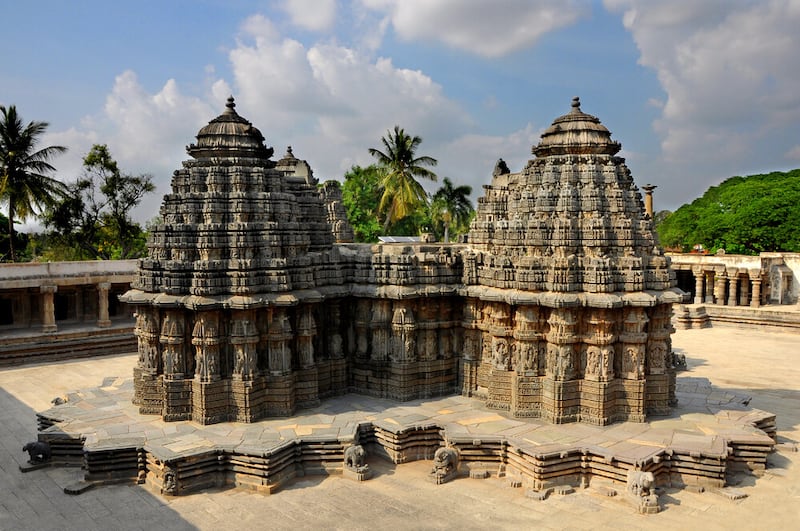At first glance, the star-shaped, sand-coloured temple at Somnathpura, 40 kilometres from Mysuru in southern India, appears to be just an old, forgotten building. But once you enter the site, the intricate carvings on every inch of the structure reveal that this is no ordinary temple.
Dedicated to the Hindu deity Krishna, the Keshava temple is adorned with exquisite sculptures of Indian deities, horses and elephants, and friezes depicting scenes from the two Indian mythological epics, Ramayana and Mahabharata.
This month, the Unesco World Heritage Committee, which convened in Riyadh, voted to inscribe the site to the World Heritage List, alongside the Channakeshava temple in Belur and the Hoysaleswara temple in Halebeedu – all in the South Indian state of Karnataka. The temples stand in testimony to the famous craftsmanship of the Hoysala dynasty that ruled South India between the 10th and 14th centuries.
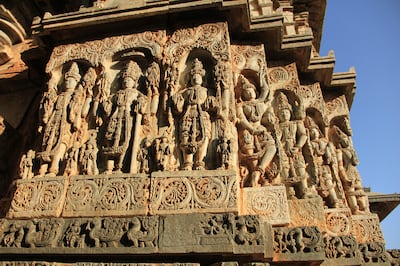
It has been a long journey. In 2014, the state government of Karnataka added the better-known Belur and Halebeedu temples to Unesco World Heritage’s “tentative list”. In 2019, it gave the Bangalore chapter of the Indian National Trust for Art and Cultural Heritage or Intach the task of preparing the nomination dossier to prove their uniqueness.
Meera Iyer, convener of Intach Bangalore, says: “We had to first acquaint ourselves with a lot of these temples to understand what is unique about them.” The team visited about 40 Hoysala temples in the state and gathered data about their architecture and historical significance.
They also had discussions with art historians, geologists, sculptors, historians, architects and urban planners, as well as officials from the Archaeology Society of India and the Karnataka government, before finally narrowing down the list to the three temples, dating from the 12th to 13th century.
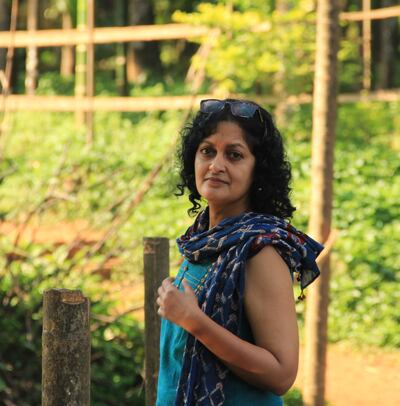
“We had to do a thorough process to know which best represent the values to become a world heritage site,” says Pankaj Modi, technical coordinator at Intach and team leader for the project.
To be deemed a Unesco World Heritage site, the structure must be of “outstanding universal value” – meaning its “cultural and/or natural significance is so exceptional as to transcend national boundaries and to be of common importance for present and future generations of all humanity”.
For this, Unesco defines 10 criteria, and the Intach team had to establish which of those fit all three temples the best. They identified three criteria: masterpieces of human creation; interchange of human values resulting in development of art and architecture; and representing a particular phase in history.
Next, they did a comparative analysis with similar world heritage sites to show these temples are different and unique.
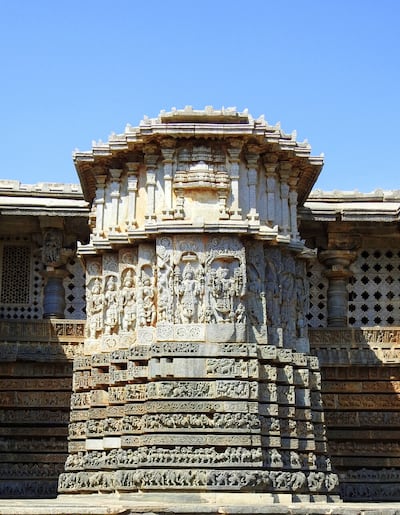
Gayathri Iyer, an independent art historian and consultant to Intach, says they compared the Hoysala temples with monuments of the Khmer Empire in Cambodia, the Prambanan temple compound in Indonesia, and the Khajuraho temples in India.
These sites have already been inscribed on the Unesco World Heritage list, and are contemporaries of the Hoysala temples.
“I was able to make the argument that the Hoysala monuments were as significant as the ones from Indonesia and Cambodia from a historical perspective, but they were also stylistically unique,” says Iyer.
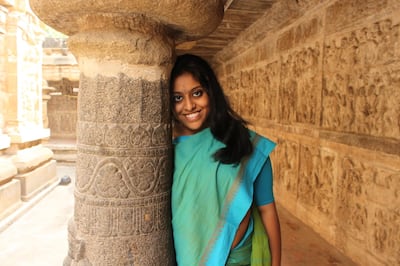
Because they used black soapstone, the Hoysalas were able to create nuance and detail in their carvings, which is difficult with other, harder materials, Iyer explains. This detail can be seen in the exquisite carving of fingernails, decorative ceilings and patterns of flowers.
“The way in which Hoysalas create a notion of the cosmos on Earth through the temple architecture is very different from other dynasties.”
Intach also had to provide architecture drawings and measurements as part of the documentation. “It is close to impossible to manually measure and draw the sculptures seen on the walls of Hoysala temples, within the given limitation in time, space and resources,” says Maniyarasan R, an independent architect working in heritage conservation.
He and his team used photogrammetry, where they took multiple and sequential images of each section at different angles and heights using drones and cameras. In some places, like the sanctum sanctorum, where photography is not allowed, they made manual drawings.
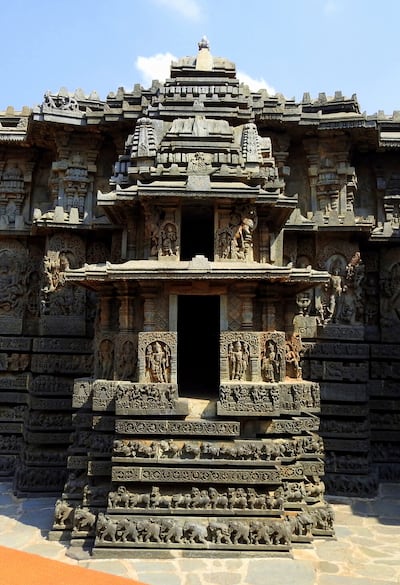
The manual and digital methods were combined to create drawings which included accurate measurements of all the dimensions.
It took three years to complete the documentation, before the nomination dossier was submitted in 2022. “Our dossier was 500 pages long, that gives you an idea of the amount of work that went in,” says Iyer.
The second part of the process was a site management plan, showing how each would be run and protected.
Following this, international experts reviewed the dossier, visited the sites, and raised questions which had to be addressed.
Finally, in September, the three temples were inscribed as Unesco World Heritage sites.
They were described as the Sacred Ensemble of Hoysalas, and the World Heritage Convention noted that, “the excellence of the sculptural art underpins the artistic achievement of these temple complexes, which represent a significant stage in the historical development of Hindu temple architecture”.
